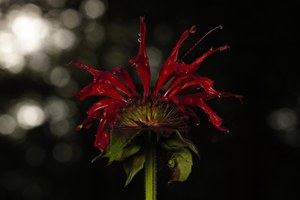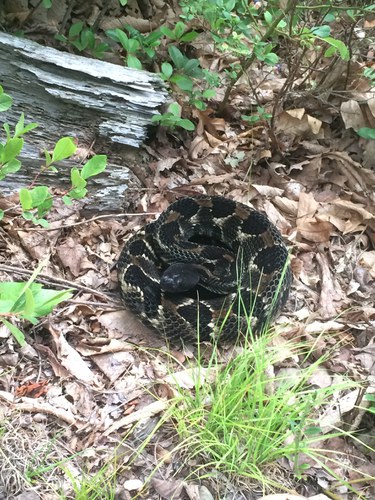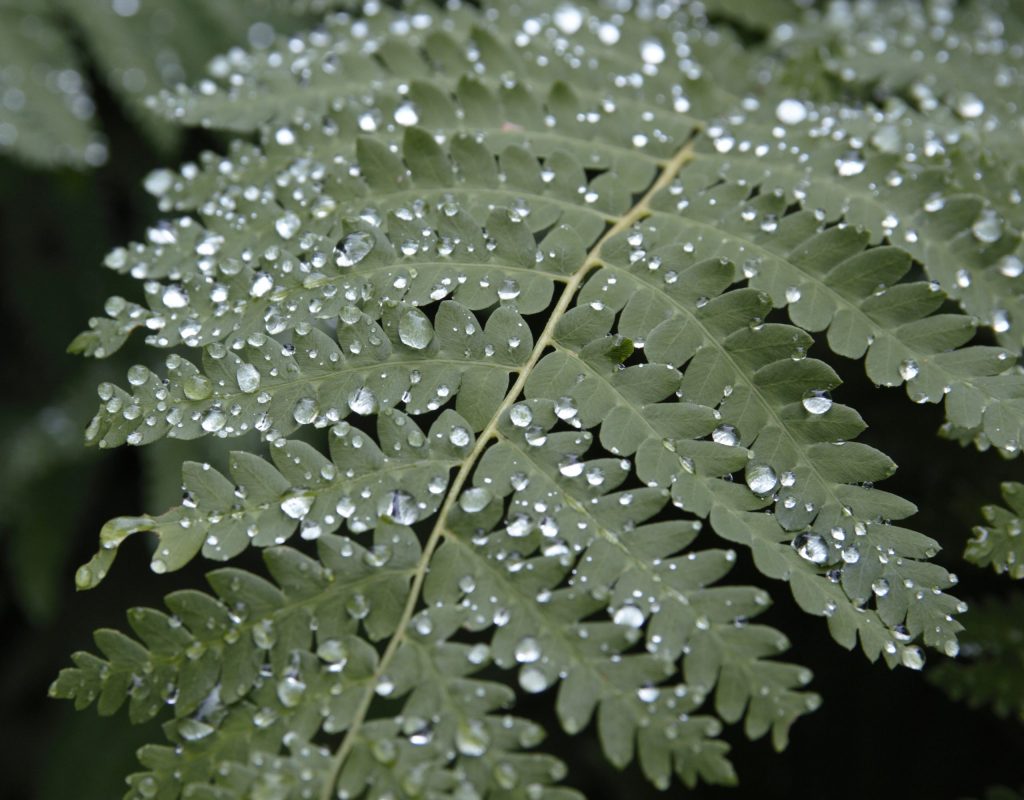From the Northern Veg Crew:
We finished another wet week of work in the northern Susquehannock and collected data at 6 plots. This interrupted wood fern captures – the general “mood” of our past 7 weeks of data collection.
We have surveyed 40 plots to date. A little over half way through our season and we keep seeing new critters in the woods. On Monday Chelsea spotted 2 fisher (Pekania pennanti) in the crotch of a large black cherry. One pretended to high tail it up a tree but only made it about a foot before just hanging around and being super lazy.
The second fisher just sat in the tree, watching us while slowly falling asleep. When we finished our plot and checked the area out again, the sleepier fisher was still in the tree just napping. We did spot a larger darker animal which took off through the thick fern on the forest floor. I imagine it was mom, but I didn’t get a good look to see exactly what it was.
We didn’t have any fences which needed any excessive repair which was nice. One thing we did encounter was super thick and tall fern communities.

These are not much fun to walk through, especially while on steep slopes.

It is almost impossible to tell where all the dead branches, old logs, rocks, and holes are. Almost every time we travel through these areas someone takes a fall (usually me). It’s mostly amusing but can be annoying especially when you put your hand in a thick area of wood nettle!
The bergamont has flowered and lined Sunken Branch with bright red flowers. Such a deep red and “busy” flower is hard to photograph but I gave it a shot.


Christmas fern began to produce fertile fronds a few weeks ago and have continued to show its sori.

Many butterfly species have been observed as well. I haven’t been able to spend as much time as I would like to photograph these beautiful insects but I have seen American coppers, red admirals, white admirals, great spangled fritillaries, meadow fritillaries, azures (spring and summer), mourning cloaks, viceroys, monarchs, tiger swallowtails, a bunch of different skipper species, common wood nymphs, little wood satyrs, and others I am probably forgetting.

American copper

Azure

Tiger swallowtail

Little wood satyr
-Ben
Northern Veg Crew
From the Southern Veg Crew:
Hello everyone!
This week we completed 7 regular plots, as no priority plots were scheduled. Four of these were in Bald Eagle State Forest and 3 were in Rothrock State Forest. This was a week of diverse habitats and some new plants…not to mention the biggest tree we have seen yet!

In Bald Eagle State Forest, we came across a white pine (Pinus strobis) with a dbh of around 42 inches! This easily surpasses the 34 inch eastern hemlock we saw at the start of the field season.
In Rothrock State Forest, we made our way to a plot that had very diverse plant life. However, the majority of these plants were associated with disturbed sites, so it made for a few unknown species. One particularly cool plant was the winged sumac (Rhus copallinum).

On our way to this plot we almost stepped on another rattlesnake which was sunning itself a foot from the trail we walked in on.

It had no reaction as we gathered around to get a good look at it. Will spotted this snake, but he wasn’t so lucky earlier in the week when he was attacked by some bald-faced hornets defending their nest hidden in the mountain laurel. Will was stung on the face and hand.

Other observations this week include the longest rat snake we have seen probably almost 6 feet in length and a deer walking through the woods browsing on some young seedling growth!

-Mitchell
Southern Veg Crew
Note to our readers: In the last Veg Crew Adventure post we had an unidentified tree in one plot. Unfortunately, it remains unidentified and on the next plot visit a specimen will likely have to be collected to definitively identify it.
Our expert believes it may be a species of Prunus (cherry). It may also be a cultivated fruit tree that escaped. It is definitely not Tree of Heaven (Ailanthus altissima), an invasive-exotic species from Asia, as some readers suggested.
If you would like to receive email alerts of new blog posts, subscribe here.
And Follow us on Twitter @WTDresearch
